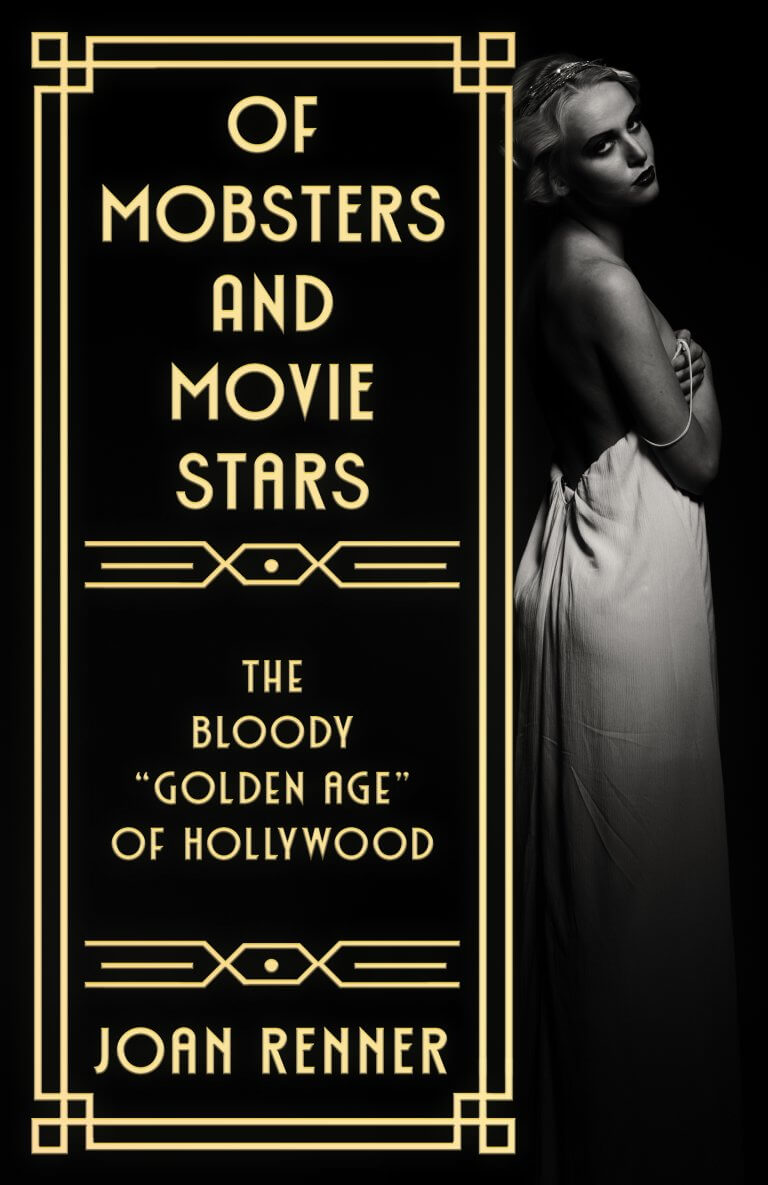When Grace Hunt Grogran’s ex-husband, Charles, the Olive King, died on July 5, 1921, he left her, and their son Patrick, very well off. His estate, valued at $1.5 million, meant Grace could continue with her women’s club activities, and it secured Patrick’s future.
Beautiful and rich, Grace caught the eye of a dentist, Thomas Young. He pursued Grace until he won her. Grace knew nothing of Thomas’ past. If she had, things may have been much different.

Thomas Young, named after his father, was born on December 21, 1877. Thomas was the second of four children. He had an older brother, Alexander, and two younger sisters.
The Young family’s children had a trouble-free childhood in their quiet Franklin, Pennsylvania neighborhood. Why, then, did two brothers become criminals?
Alexander was the first of the brothers to turn toward the dark side. He died in a bizarre murder suicide on his honeymoon in Washington, Pennsylvania, on July 8, 1903. He served as pastor of the Presbyterian church in Edgemont, South Dakota, when he met a local schoolteacher, Grace Dunlap. They began a relationship and became engaged to be married.
Grace left her home on July 1, 1903, for the city of Lincoln, where she was supposed to have her eyes treated for an unspecified condition. Instead, she journeyed two thousand miles to Pittsburgh, Pennsylvania, where she and Alexander were married. The couple left after the ceremony for nearby Washington, Pennsylvania and checked into a hotel. Visitors and members of the hotel staff heard a commotion in the Young’s room during the night but did not investigate.
The next morning, when Alexander and Grace failed to appear as expected, staff opened the door to their room and found them dead. Grace lay on the bed. Alexander had shot her twice through the heart, then shot himself the same way. In one hand, Alexander clutched a .32-caliber revolver.
According to a newspaper account, Alexander was “a rascal in the fullest sense of the term.” He had “played crooked in a financial way in places where he was employed before going to Edgemont, South Dakota.” Alexander had a prior marriage, but he abandoned his wife and infant son, never bothering to get a divorce.
Within a year following Alexander’s death, Thomas experienced visitations from his elder brother. Thomas later described the visits:
“I would see my brother’s vision just as I dropped off to sleep. It always appeared in a large hall. And I was always in the back of the hall and he was always up in the right corner. I could tell it was my brother by his form.”
Alexander’s visits coincided with what Thomas thought of as his “murder complex,” a self-diagnosed condition he’d had since he was a child. The so-called murder complex was Thomas’ overwhelming desire to kill anyone who wronged him.
Throughout his life, he felt he was a loser, always picked on and beaten. The murder complex provided him with a vision of revenge and victory over his perceived tormentors.
His brother’s visits did not frighten Thomas, but they were unsettling. Alexander tried to speak, but he either failed, or he whispered, making it impossible for Thomas to hear him. Could he have been trying to warn Thomas about the murder complex, or was he encouraging it?
In 1910, Thomas moved from Pittsburgh to New Castle to practice dentistry. Later, he practiced in Ambridge and Washington, Pennsylvania before moving to New Mexico and then Texas. He moved from city to city, Alexander always in his dreams, in restless pursuit of something he could neither articulate nor outrun.
Thomas married twice before finally settling in Los Angeles — where he met Grace.
Grace and Patrick lived in an apartment in the Alvarado. The building was one of many built by her late husband.
People who knew of Thomas’ interest in Grace were a little surprised by Thomas’ audacity in courting a woman who was out of his league. She was beautiful. Thomas was average. He wasn’t a large man. His hair was receding, and he peered out from behind round glasses frames that perched his bulbous nose. Despite his physical shortcomings, Thomas made a good impression. He wasn’t lacking charm, and he always dressed impeccably.
Even if he had only a slender chance, Thomas dedicated himself to winning Grace’s love. Despite not being well off, he maintained a believable facade. He rented a suite of offices in a plush downtown building, hoping to impress Grace, who had a fortune at her command, with his successful dental practice. He put on a convincing show. The couple didn’t court for long before they were married.
When did Thomas’ façade of a successful dentist and loving husband crack? Did Grace realize the man she had married wasn’t who she thought he was?
NEXT TIME: Thomas’ dark side emerges.




